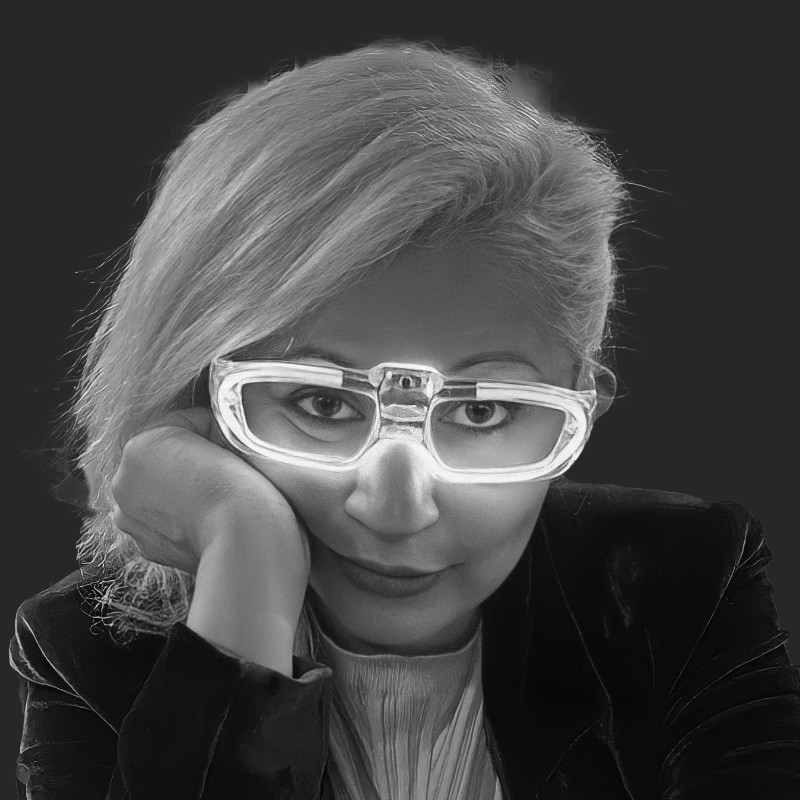“What is a complex number if not a mathematical attempt to capture the invisible?”
In the first dive into the Algorithms in Neuroscience) tutorial, I wasn’t greeted by neurons or networks, but by complex numbers. A surprise? Not really. The mathematics of the invisible — the kind that makes time vibrate, signals oscillate, and consciousness flicker between real and imagined — begins with pure imagination:
$i = \sqrt{-1}$
Why do the brain (and code) need complex numbers?
The signals we capture from the brain — EEGs, oscillations, electric dreams — are profoundly wave-like. To understand them, we need a kind of math that speaks the language of frequency and phase. Real algebra isn’t enough. Complex numbers enter the scene as translators of the invisible:
-
$a+bi$ is more than a point in the plane: it’s a rotation, a vibration, a possibility.
-
Multiplying by $i$ is to rotate. And to rotate is to transform.
-
The complex plane is where time bends to become music. Or thought.
From time to spectrum
Understanding a signal in the time domain means seeing what happened. Understanding it in the frequency domain means listening to what vibrates underneath. Complex numbers are the tools that reveal this hidden polyphony in data.
Watching The Imaginary Number by Veritasium is like being handed a flashlight inside a cave of mathematical mystery. Derek Muller doesn’t just explain what $i = \sqrt{-1}$ means — he reveals how this strange, once-dismissed idea quietly reshaped physics, engineering, and even our understanding of oscillation and waveforms. With clarity, humor, and visual storytelling, he shows how imaginary numbers aren’t imaginary at all, but essential tools that help us model rotation, resonance, and reality itself. This video is more than a lesson; it’s a celebration of how embracing the “impossible” can lead us closer to truth. A true tribute to the power of curiosity, beautifully told.
What does this have to do with bioart?
Maybe everything. In Creativity in Vitro, we explore the hypothesis that even imagination has a spectrum. That creativity — like a brain signal — oscillates between the real and the symbolic, the rational and the aesthetic.
And what if complex numbers are the key to visualizing the invisible of imagination?
 Lina Lopes
Lina Lopes 